D. Winterbone FEng BSc PhD DSc FIMechE MSAE9780340676998, 0-340-67699-X
Table of contents :
Preface……Page 3
Structure of book……Page 7
Symbols……Page 8
Contents……Page 13
1 State of Equilibrium……Page 17
1.1 Equilibrium of a thermodynamic system……Page 18
1.2 Helmholtz energy (Helmholtz function)……Page 21
1.4 The use and significance of the Helmholtz and Gibbs energies……Page 22
1.4.2 GIBBS ENERGY……Page 23
1.4.3 THERMODYNAMICS EXAMPLES OF DIFFERENT FORMS OF EQUILJBRIUM MET IN THERMODYNAMICS……Page 24
1.5 Concluding remarks……Page 25
PROBLEMS……Page 26
2.1 Displacement work……Page 29
2.2 Availability……Page 30
2.3 Examples……Page 31
2.5 Irreversibility……Page 37
2.6 Graphical representation of available energy, and irreversibility……Page 41
2.7 Availability balance for a closed system……Page 43
2.8 Availability balance for an open system……Page 50
2.9 Exergy……Page 52
2.9.1 HEAT TRANSFER……Page 53
2.9.2 EXERGY APPLIED TO COMBUSTION PROCESS……Page 56
2.10 The variation of flow exergy for a perfect gas……Page 58
PROBLEMS……Page 59
3 Pinch Technology……Page 63
3.1 A heat transfer network without a pinch problem……Page 65
3.2 A heat transfer network with a pinch point……Page 72
3.3 Concluding remarks……Page 76
PROBLEMS……Page 77
4.1 The influence of fuel properties on thermal efficiency……Page 80
4.2 Rational efficiency……Page 81
4.3 Rankine cycle……Page 85
4.4 Examples……Page 87
PROBLEMS……Page 98
5.1 maximum power output Efficiency of an internally reversible heat engine when producing maximum power output……Page 101
5.2 Efficiency of combined cycle internally reversible heat engines when producing maximum power output……Page 108
PROBLEMS……Page 112
6.1 The Maxwell relationships……Page 116
6.1.1 GRAPHICAL-. INTERPRETATION OF MAXWELL RELATIONS……Page 119
6.2 Uses of the thermodynamic relationships……Page 120
6.3 Tds relationships……Page 124
6.4 Relationships between specific heat capacities……Page 127
6.5 The Clausius-Clapeyron equation……Page 131
6.5.1 THE USE OF THE CLAUSIUS-CLAPEYRON EQUATION……Page 133
PROBLEMS……Page 134
7.1 Ideal gas law……Page 137
7.2 Van der Waals’ equation of state……Page 139
7.3 Law of corresponding states……Page 141
PROBLEMS……Page 145
7.5 Concluding remarks……Page 147
8.1 Liquefaction by cooling – method (i)……Page 151
8.2 Liquefaction by expansion – method (ii)……Page 156
8.3 The Joule-Thomson effect……Page 157
8.3.1 MAXIMUM AND MINIMUM IWERSION TEMPERATURES……Page 161
8.4 Linde liquefaction plant……Page 164
8.5 Inversion point on p-v-Tsurface for water……Page 166
PROBLEMS……Page 171
9.1 Molecular weights……Page 174
9.2 State equation for ideal gases……Page 175
9.2.1 IDEAL GAS EQUATION……Page 176
9.2.2 THE SIGNIFICANCE OF Uom AND hom……Page 177
9.2.3 ENTROPY OF AN IDEAL GAS – THIRD LAW OF THERMODYNAMICS……Page 178
9.2.4 THE GIBBS ENERGY (FUNCTION) OF AN IDEAL GAS……Page 179
9.3 Tables of u ( T ) and h ( T ) against T……Page 180
9.3.1 TABLES OF MEAN SPECIFIC HEAT……Page 187
9.4.3 MIXTURE RELATIONSHIPS……Page 188
9.5 Entropy of mixtures……Page 191
PROBLEMS……Page 194
10 Thermodynamics of Combustion……Page 198
10.1.1 FUELS……Page 200
10.2 Combustion of simple hydrocarbon fuels……Page 201
10.2.3 COMBUSTION WITH RICH MIXTURES……Page 202
10.3 Heats of formation and heats of reaction……Page 203
10.4.2 HE.4TS OF REACTION AND FORMATION……Page 204
10.4.3 HEAT OF FORMATION – HESS’ LAW……Page 206
10.51 ADIABATIC COMBUSTION……Page 208
10.5.2 COMBUSTION WITH HEAT AND WORK TRANSFER……Page 210
10.6 Examples……Page 211
PROBLEMS……Page 221
11.1 Bond energies and heats of formation……Page 224
11.2 Energy of formation……Page 226
11.4 Concluding remarks……Page 232
12.1 Gibbs energy……Page 234
12.2 Chemical potential, u……Page 236
12.3 Stoichiometry……Page 237
12.4 Dissociation……Page 238
12.4.1 WEAK MIXTURE WITH DISSOCIATION……Page 239
12.4.3 GENERAL HYDROCARBON REACTION WITH DISSOCIATION……Page 240
12.5 Calculation of chemical equilibrium and the law of mass action……Page 241
12.6 Variation of Gibbs energy with composition……Page 245
12.8 The Wan’t Hoff relationship between equilibrium constant and heat of reaction……Page 254
12.7.1 EXAMPLEI……Page 247
12.7.2 EXAMPLE 2……Page 248
12.7.3 EXAMPLE I : A ONE DEGREE OF DISSOCIATION EXAMPLE……Page 249
12.9.1 The effect of pressure……Page 255
12.9.2 THE EFFECT OF TEMPERATURE……Page 257
12.10 Dissociation calculations for the evaluation of nitric oxide……Page 258
12.11.1 EXAMPLE 4: COMBUSTION OF A TYPICAL HYDROCARBON FUEL……Page 261
12.11.2 EXAMPLE 5: A RICH MIXTURE……Page 268
12.11.3 EXAMPLE 6: THE FORMATION OF NITRIC OXIDE……Page 270
PROBLEMS……Page 275
13 Effect of Dissociation on Combustion Parameters……Page 281
13.2 The basic reactions……Page 283
13.4 The effect of dissociation on peak temperature……Page 284
13.5 The effect of dissociation on the composition of the products……Page 285
13.6 The effect of fuel on composition of the products……Page 288
13.7 The formation of oxides of nitrogen……Page 289
14.2 Reaction rates……Page 292
14.3 Rate constant for reaction, k……Page 295
14.4 Chemical kinetics of NO……Page 296
14.5.2 SULFUR DIOXIDE (SO,) EMISSIONS……Page 302
14.5.4 GREENHOUSE EFFECT……Page 303
14.6 Other methods of producing power from hydrocarbon fuels……Page 304
PROBLEMS……Page 305
15.1 Introduction……Page 307
15.2 Thermodynamics of combustion……Page 308
15.2.1 REACTION ORDER……Page 309
15.3 Explosion limits……Page 310
15.3.1 EXPLODE THE EFFECT OF MULTIPLICATION FACTOR ON THE TENDENCY TO EXPLODE……Page 311
15.4.1 PREMIXED FLAMES……Page 312
15.4.2 LAMINAR FLAME SPEED……Page 313
15.4.3 TURBULENT FLAME SPEED……Page 318
15.5 Flammability limits……Page 319
15.6 Ignition……Page 320
15.7 Diffusion flames……Page 321
15.8.1 SPARK-IGNITION ENGINES……Page 323
15.8.2 DIESEL ENGINES……Page 325
15.8.3 GAS TURBINES……Page 328
PROBLEMS……Page 330
16.1 Introduction……Page 332
16.3 Entropy flow and entropy production……Page 333
16.4 Thermodynamic forces and thermodynamic velocities……Page 334
16.5 Onsager’s reciprocal relation……Page 335
16.6 The calculation of entropy production or entropy flow……Page 337
16.7.1 THERMOELECTRIC PHENOMENA……Page 338
16.7.2 UNCOUPLED EFFECTS IN THERMOELECTRICITY……Page 339
16.7.3 THE COUPLED EQUATIONS OF THERMOELECTRICITY……Page 340
16.7.4 THE THERMOCOUPLE……Page 342
16.7.5 OTHER EFFECTS IN THERMOCOUPLES……Page 345
16.8.1 BASIC PHENOMENA INVOLVED……Page 348
16.8.2 DEFINING THE FORCES AND FLUXES……Page 349
16.8.3 THE UNCOUPLED EQUATIONS OF DIFFUSION……Page 351
PROBLEMS……Page 358
17 Fuel Cells……Page 361
17.1 Electric cells……Page 362
17.1.1 ELECTROCHEMICAL. POTENTIAL……Page 365
17.1.2 THERMODYNAMIC ORIGIN OF EMF……Page 366
17.2 Fuel cells……Page 367
17.2.1 EXAMPLE: A HYDROGEN-OXYGEN FUEL CELL……Page 369
17.2.3 EXAMPLES……Page 371
17.3 Efficiency of a fuel cell……Page 374
17.4 Thermodynamics of cells working in steady state……Page 375
PROBLEMS……Page 377
Bibliography……Page 379
Index……Page 384
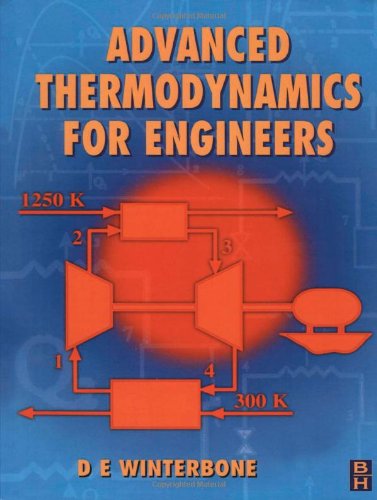
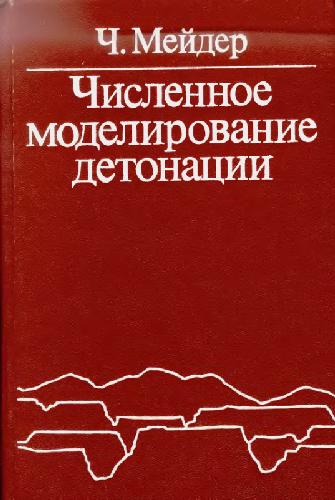
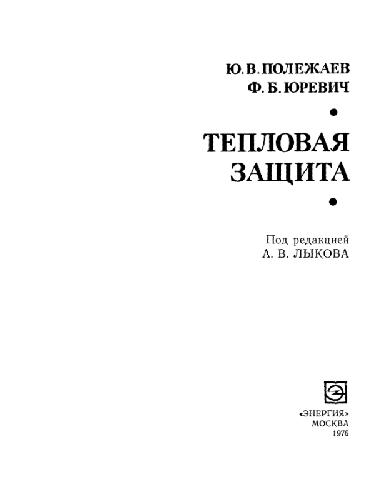
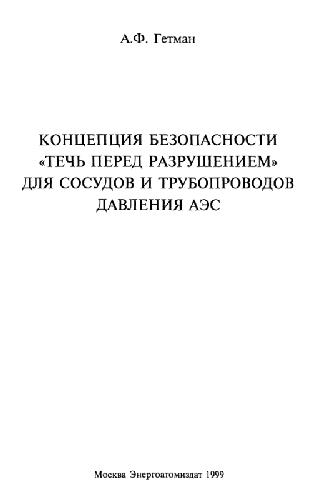
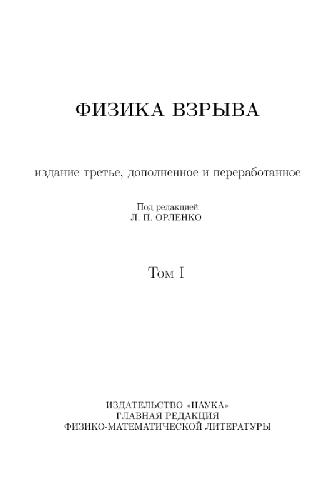
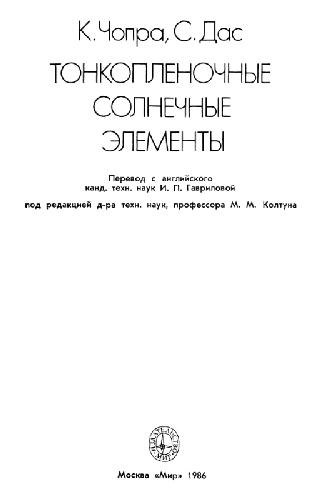

Reviews
There are no reviews yet.